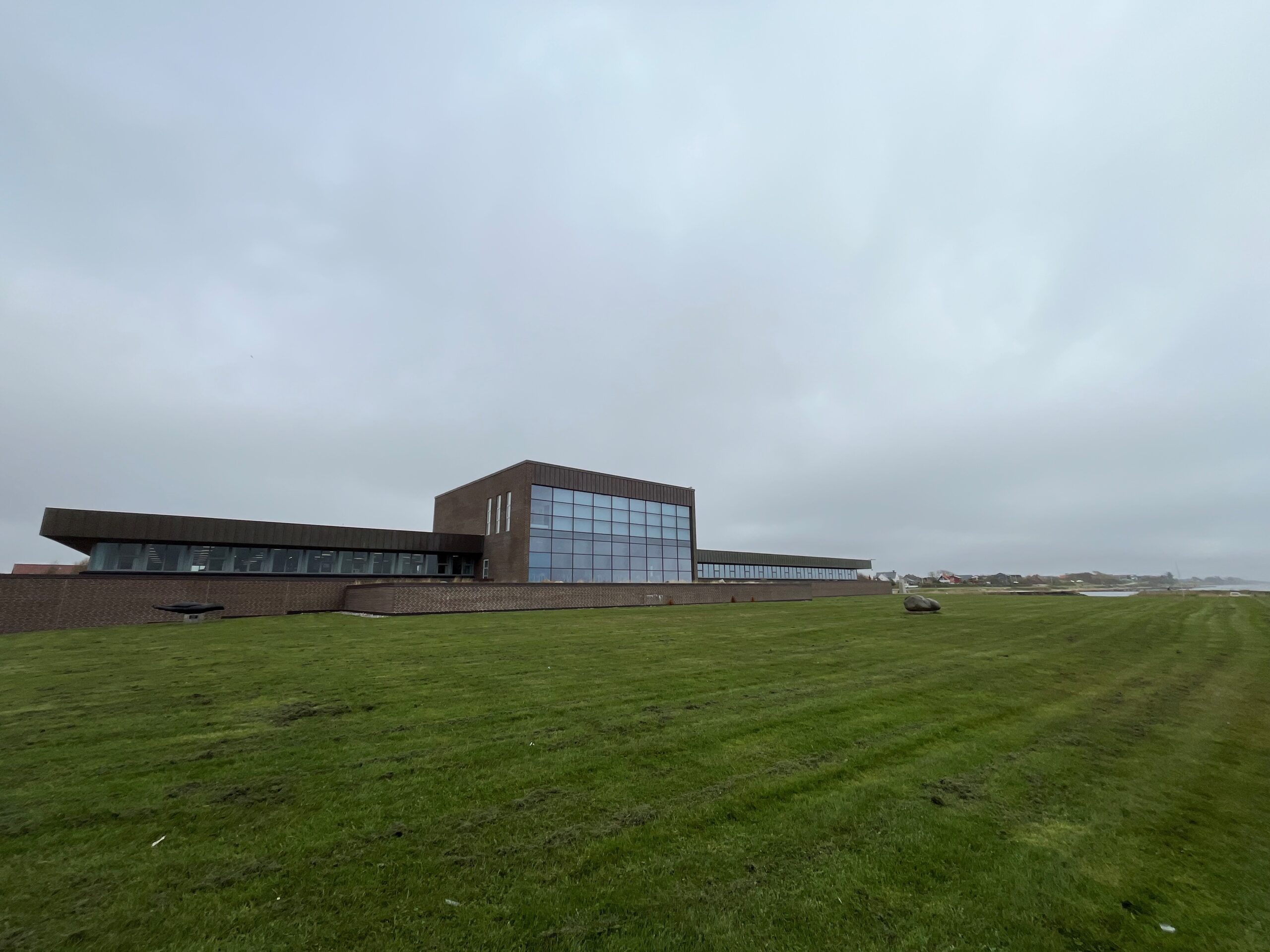Did you know that despite its umlaut ‘ä’, Häagen-Dazs is supposed to be Danish-sounding? The original cartons even bore a map of Denmark. The US ice cream brand’s Polish-born American-Jewish creator Reuben Mattus settled on the name in the early 1960s for three reasons: as a tribute to Denmark’s evacuation of its Jews during World War II, the positive image of the country in his home country, and the excellent reputation of its dairy products – most particularly ice cream.
If you want further evidence of Denmark’s high regard for everyone’s favourite summer holiday treat, just consider the word ‘guf’. Now normally words that are only three letters long are either common-place in usage (numbers, prepositions, pronouns), bad for the health (gun, pox, tax) or extremely good (ace, bed, sex). In Danish, ‘guf’ is a gooey substance made from beating egg whites with sugar, which is then added as the finishing touch to an ice cream cone. All together: Yuk!
If that doesn’t convince you, stroll down Strøget to Nyhavn on a summer’s day and count the hordes of Danes and tourists munching on goliath ice creams, normally consisting of a monster cone, two or three scoops, cream or guf, and sprinkles or a dollop of jam.
But despite all this, few people know much about the Danish contribution to ice cream worldwide, or that the history of ice cream in this country involves the history of many Danish-Americans.
Oh, to be ‘alene’ with Anina
Originating in southern Europe in the 16th century – or at least the modern equivalent, as the ancient Greeks, Persians, Romans and Chinese all enjoyed variations – ice cream found its way to Denmark in the latter half of the 19th century.
In the early days, it was confined to high quality confectionary shops and bakeries. The best known of these was, and still is, La Glace. From its elegant French façade on Skoubogade just off Strøget, La Glace continues to serve the best in cakes, tarts, pastries and, of course, ice cream.
Founded in 1870 by Nicolaus Henningsen and his wife Anina, La Glace became renowned for its goods and patrons, although its biggest draw was Anina, who stood behind the counter in a white silk gown. According to ice cream historian Pim Reinders “all Copenhagen called her ‘the most beautiful woman of Skoubogade’ and many came to eat ice cream or pastries simply to be near her.”
Heavy US influence
As ice cream became increasingly popular in Denmark, the need for better production methods grew. At the turn of the 20th century, ice cream manufacturing had not been perfected, and refrigeration units were only beginning to become available. Until 1913 virtually all ice cream was made by hand.
The know-how for making ice cream and maintaining it at a stable temperature did not come until 1914 when Danish-American dairy production expert Christian Larsen sent a copy of his book on dairy techniques back to Denmark.
It was through Larsen, who had learned his trade at the Dairy Institute of South Dakota, that a liaison was established between the US and Danish industries.
The country’s first major ice cream factory was founded by the Swedish-born pioneer Lauritz Jensen. Following his return from a visit to the US he teamed up with a baker who possessed a number of Italian ice cream recipes. Established in the small town of Hellerup, now a suburb of Greater Copenhagen, the Amerikansk Iskrem Fryseri (better known as Hellerup Is) originally began making ice cream in small wooden upright containers.
Hellerup Is’s first customers were bakers in the Copenhagen area, and the ice cream was delivered by way of motorised tricycles. By 1939 the company had grown into one of Copenhagen’s largest ice cream factories with 12 delivery vans.
Too thin and rubbish
Nevertheless, the industry experienced teething problems in its nascent years. Danish ice cream was criticised as being ‘thin’, and in their defence, the manufacturers blamed the worldwide recession that followed World War I, depriving them of the expensive US technology needed to address the problems.
In May 1925, the engineer JF Engberg went as far as calling Danish ice cream “rubbish”, contending that “the milk solids content was too low”. Engberg argued that more American production processes were needed.
It was not until 1926 that a truly modern factory was built. The Vesterbro Dairy Factory in Aarhus, used machinery manufactured by Silkeborg Machine Factory. With the help of Professor M Morgensen, another Danish-American who was an expert on the manufacturing of ice cream, the fat content was kept between 12 and 16 percent. Engberg could sleep easy.
Loads of lolly
However, two Danish-Americans were about to unveil innovations that would put Denmark well and truly on the map.
Christian Kent Nelson, a Danish immigrant in Iowa, invented the choc ice in 1921, after a boy was unable to decide whether he wanted a chocolate bar or ice cream at his store. His ‘I-Scream Bars’, together with their catchy jingle, eventually metamorphosed into Eskimo Bars when sticks were added a little later.
That addition came thanks to the endeavours of Danish-American designer and savvy businessman Johannes M Larsen, when he introduced the pre-packaged, machine-produced, ice-cream lollipop.
In Esbjerg on the west coast of Jutland, Larsen opened Premier Ice Cream Company in 1925 and it quickly became a household name, as previously ice-cream lollipops were hand-made.
To this day, the invention made Larsen ‘the King of Ice Cream’.













